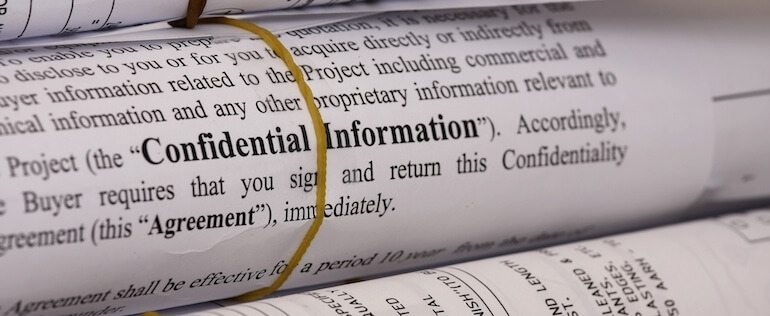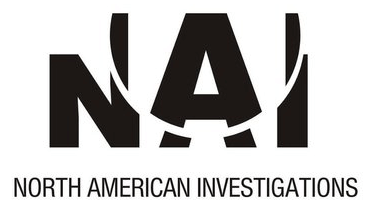
The idea of businesses and corporate establishments spying on other companies is not as far-fetched as you might think. It occurs every day. Corporate espionage is so prevalent that companies adopt extreme security measures in vetting their employees and protecting their products.
A 1999 study conducted by PricewaterhouseCoopers and the American Society for Industrial Security revealed that companies listed within the Fortune 1,000 lost up to $45 billion as a result of corporate espionage and theft. By 2010, that figure had risen to $100 billion.
Unfortunately, despite the prevalence of corporate espionage, very few companies actually report these cases; firms tend to be concerned about the impact it might have on their stock prices and public perception. But every now and then, news of industrial espionage makes its way onto the airwaves. The following are a few famous cases.
CYBERsitter vs. Green Dam
CYBERsitter is a U.S.-based firm that develops content-control applications. In 2010, the company announced that it was suing the Chinese government for corporate theft. According to CYBERsitter, the Chinese government had stolen significant parts of its program, adapted it to its own needs, and offered it under the Green Dam application, a Chinese filter installed on computers to censor local online activity.
Oddly enough, Green Dam did not try to mask the theft. The program contained almost 3,000 lines of code copied verbatim from CYBERsitter. Describing the incident, CYBERsitter’s attorney called it the clearest case of stealing that he had ever seen.
At the time of the announcement, CYBERsitter’s suit against the Chinese government was valued at $2.2 billion, but the damage already done was a lot greater. According to CYBERsitter, after illegally obtaining the code, Green Dam distributed up to 56 million copies of the application to customers in China.
Volkswagen vs. GM-Opel
In the auto industry, the case between Volkswagen and General Motors-subsidiary Opel represents one of biggest disputes of corporate theft. It all started in 1993, when Opel revealed that some of its top executives had defected to Volkswagen, taking classified secrets with them. Listed among the defectors was Jose Ignacio Lopez de Arriortua, a top executive from General Motors (GM).
GM was seeking $3 billion in damages. Speaking out about the crime, a GM executive accused Volkswagen of “having planned, prepared, and carried out the taking of valuable trade secrets from Opel and GM.”
Among other things, GM claimed that, before leaving, Lopez had obtained a confidential list of GM supplier names, parts, and price specifications. Shortly after his defection to the Volkswagen management board, Lopez then initiated a series of cost-cutting strategies and a supplier program that helped improve Volkswagen’s profit gains. Volkswagen denied that it had done anything wrong, claiming the charges were “unfounded.”
The case dragged on for four years before Volkswagen agreed to pay $100 million to GM, which, in 1997, was the largest settlement in the history of corporate espionage disputes. Volkswagen also agreed to further compensate its competitor by purchasing at least $1 billion-worth of components from GM’s auto parts division over the next seven years. Additionally, as a show of good will, Volkswagen released Lopez and agreed not to use him as a consultant until the year 2000.
However, before the case was resolved, GM suffered damages as a result of the lawsuit. The company’s shares quickly fell after details of the suit were made public, and its reputation in Europe was battered because the company was seen as the “Big American Bully” in the dispute.
Starwood vs. Hilton
In 2009, Starwood Hotels and Resorts sued Hilton Hotels for corporate espionage. According to Starwood, two of its executives, Ross Klein and Amar Lalvani, had defected to Hilton after downloading a large number of files related to the company’s luxury brand strategy.
The lawsuit accused Hilton of corporate espionage and computer fraud. It also held that Klein and Lalvani had encouraged others at Starwood to join them in stealing more than 100,000 files containing trade secrets to turn over to Hilton.
Some of the information stolen included negotiation tactics used by Starwood, development plans, and strategic guides on how to build luxurious hotel brands. Starwood claimed that Hilton was using this information to build its own chain of luxury hotels.
In 2011, the two parties reached a resolution. Hilton released a statement announcing that it had agreed to pay Starwood a settlement of $75 million. The settlement agreement also promised another $75 million to Starwood in management contract entitlements.
Heraeus vs. Tung Pham
Corporate espionage and theft isn’t restricted to cases between two companies. It can also be between a company and an individual. In 2011, Heraeus Holding won a major suit against Tung Pham, a former employee of the company.
Heraeus alleged that, before leaving, Pham stole highly sensitive trade secrets—information linked to the development of a lead-free metallization paste. Pham also altered sensitive data linked with the project. The company found evidence of the theft shortly after his resignation and took immediate action by alerting the FBI and the U.S. Attorney’s office.
After Pham admitted that he had illegally acquired confidential information from the company’s computers and downloaded hundreds of trade secrets, Heraeus obtained a $500,000 judgment. Pham did not get to sell any of the secrets he stole, but if he had, the damage to the company would have been a lot greater.
In a statement the company released shortly thereafter, Heraeus promised that it would always remain vigilant “in protecting and exercising its trade secrets and intellectual property.”
Staying Safe
Corporate espionage is not limited to films and Joseph Finder novels—it happens every day. In the end, the only way to protect your company’s trade secrets is to adopt effective protection strategies. Some of these include compartmentalizing information flow, building adequate security measures, and identifying vulnerabilities in your corporate structure. Background checks and crisis management plans are also invaluable.
If you properly keep an eye on your business and put effective safeguards in place, you can better your chances of avoiding one of these situations. Because regardless of which side you’re on, you’ll lose—either by losing confidential information to a competitor or by losing money in a settlement after working with a defector from another company.
Be a model for the type of corporate behavior that you expect from others. At the end of the day, the most important thing is to maintain honesty and integrity in your own business.



